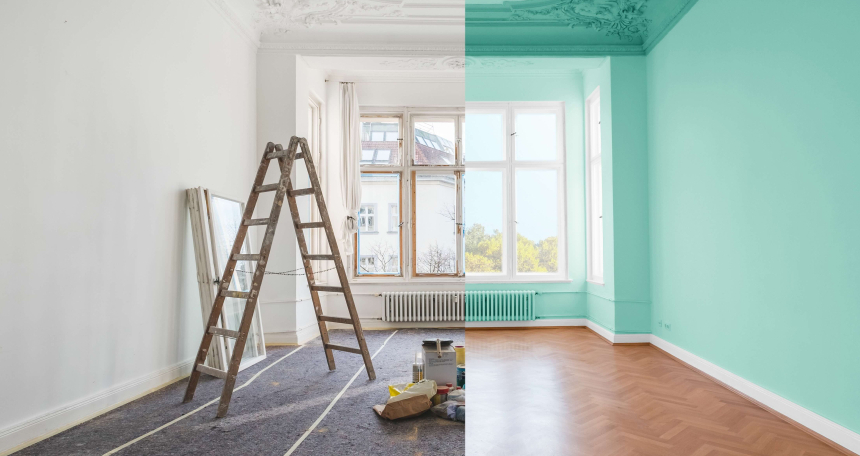
Octane Capital has revealed a growing trend among property investors turning to refurbishment finance to bring renovation projects to market faster, while also helping to offset the rising costs of refurbishment in today’s property landscape.
Octane Capital analysed the average cost of a refurbishment project to understand how renovation budgets have shifted over the past year, before looking at how the cost of securing a refurbishment loan has also eased during the same period.
Their findings show that, for a typical three-bedroom home, the average cost of a full refurbishment has climbed by an estimated £2,616 in the last 12 months - rising from £76,690 in 2024 to an estimated £79,306 in 2025.
As renovation costs rise, more investors are seeking alternative ways to fund their projects without eating into profit margins. Refurbishment finance - a short-term lending solution designed specifically to cover renovation work - is becoming an increasingly attractive option.
It allows investors and landlords to push forward with refurbishments more quickly and bring improved properties to market sooner, where they can generate income either via sale or rental.
Encouragingly, while the average cost of undertaking a full refurbishment has increased, the cost of financing such projects has actually fallen slightly, thanks to improvements in the mortgage and lending landscape. The total average cost of a 12-month refurbishment loan, based on the current average renovation cost of £79,306, currently stands at £12,612 - while the same loan would have cost £12,834 a year ago.
This drop is largely due to a fall in the Bank of England base rate, which has brought down borrowing costs, causing the estimated monthly loan rate to fall from 0.79% in 2024 to 0.76% in 2025.
With refurbishment loan fees typically covering valuation, legal, inspection, and arrangement costs - but no exit fees in certain cases - this form of finance is proving to be an effective tool for investors to navigate a tougher, costlier market.
CEO of Octane Capital, Jonathan Samuels, commented:
“The property investment space has had to contend with considerable cost increases, from materials to labour.
As a result, refurbishment finance has become an essential route to unlocking capital and progressing with projects in a timely manner.
The fact that funding costs are slightly lower year-on-year is positive, and with the added benefit of speed and flexibility, it’s no surprise that more investors are choosing this method to get their properties market-ready and income-generating faster than ever.”
